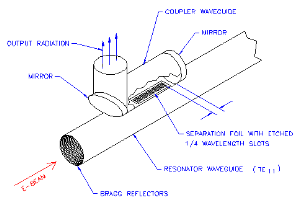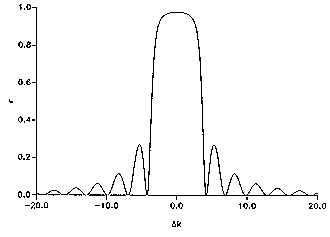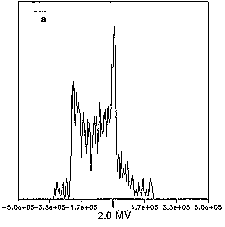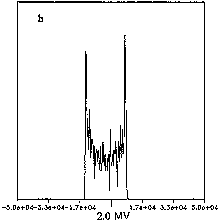The resonator will consist of a circular metal waveguide supporting a TE11 mode and terminated with Bragg reflectors.
A Bragg reflector is a waveguide section with a sinusoidal radius modulation of period
![]() .
Constructive interference of radiation, backscattered from each period, can result in nearly 100 % reflection.
They are well proven at microwave frequencies but not in the overmoded case here.
.
Constructive interference of radiation, backscattered from each period, can result in nearly 100 % reflection.
They are well proven at microwave frequencies but not in the overmoded case here.

Conceptual illustration (obsolete) of the resonator termination and coupler. Current plans are to use a short
80% Bragg reflector followed by an open slot coupler that will resonantly couple all of the power emerging from the reflector.

Theoretical Bragg reflectivity as a function of wavenumber deviation
It is essential to limit the FEL's saturation depth in order to maintain the beam's energy spread within the collector's acceptance, nominally 30 KV. The UCSB type 2 collector will be configured to have 50 KV acceptance. Additionally, sideband lasing must be suppressed. The current plan is to use the Bragg reflector's bandpass characteristic, shown above.


Energy spread at: a) Full Saturation - b) Limited Saturation (x10 horizontal scale)